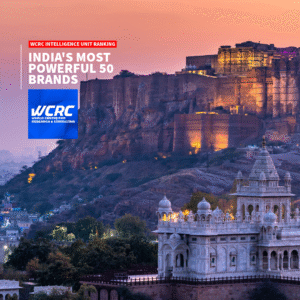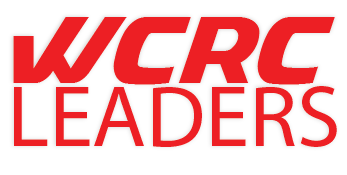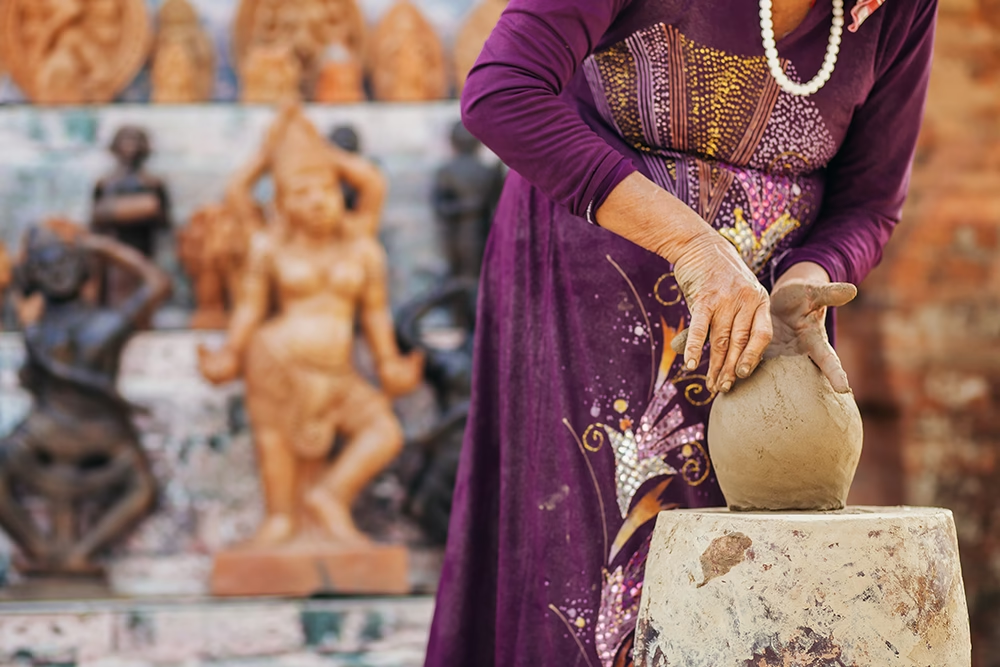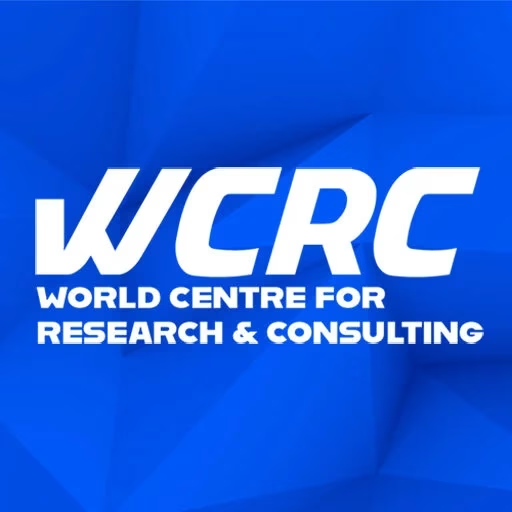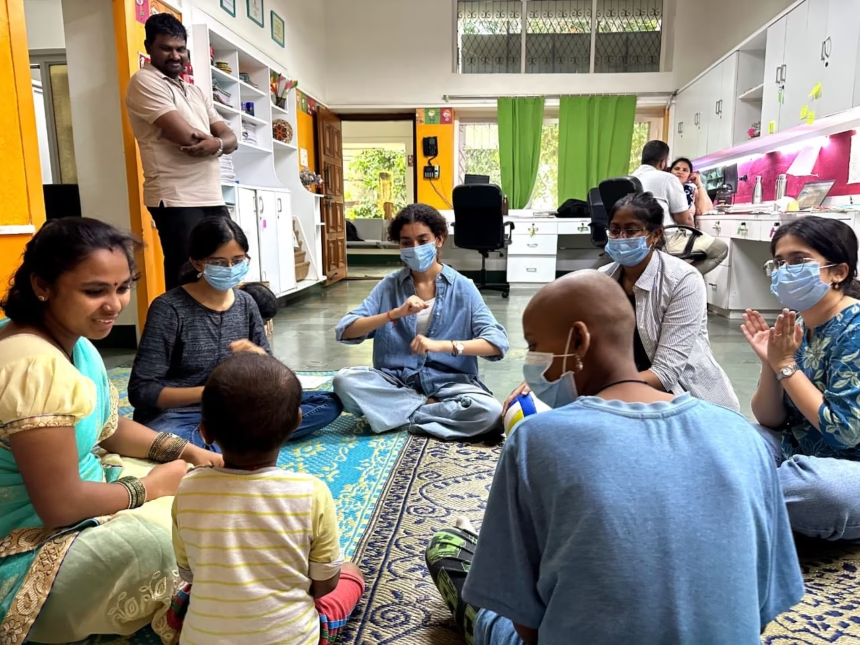Introduction to Cultural Diplomacy and Art
Cultural diplomacy is increasingly recognised as a vital component in the landscape of international relations. It encompasses the exchange of ideas, information, art, and other aspects of culture among nations in order to foster mutual understanding and respect. This concept is built on the premise that culture, in its many forms, can act as an ambassadorial force, transcending linguistic and political barriers. Cultural diplomacy emphasizes relationships established through cultural exchanges which can cultivate goodwill and reinforce collaboration among nations.
Art, in particular, serves as a powerful tool within this realm of cultural diplomacy. Throughout history, art has played a significant role in fostering dialogue and understanding between different cultures. From the intricate designs of ancient civilizations to contemporary artistic expressions, varied artistic forms embody the values, beliefs, and aspirations of their societies. Engaging with art allows individuals to see the world through the lens of another culture, bridging gaps and enhancing empathy.
The significance of art in cultural diplomacy extends beyond mere aesthetic appreciation. It is instrumental in creating narratives that resonate across cultures, highlighting shared human experiences while respecting unique identities. For instance, art exhibitions, performances, and workshops can serve as platforms for intercultural dialogue, providing opportunities for personal interactions that promote understanding. These exchanges enable individuals and communities to share their stories, fostering respect and appreciation for diversity.
In the current global landscape, where polarization and misunderstandings frequently arise between nations, the need for cultural diplomacy has never been more pronounced. Artists, as creators and communicators, are uniquely positioned to facilitate these exchanges, making vital contributions to peacebuilding and global cooperation. As we delve deeper into the relationship between art and cultural diplomacy, its historical significance and contemporary applications will be explored, revealing the enduring power of art in shaping international relations.
Historical Examples of Art in Diplomacy
Art has long served as a powerful instrument of diplomacy, transcending boundaries and fostering understanding between diverse cultures. A notable instance occurred during the Cold War, when art exhibitions became pivotal in promoting cultural exchange between Eastern and Western blocs. The iconic “The Soviet Exhibition of Science and Culture” in 1959, held in New York, marked a significant moment in this diplomatic engagement. This groundbreaking event showcased Soviet achievements in art, science, and culture, attracting considerable attention and laying the groundwork for dialogue between two ideologically opposed nations.
Similarly, prominent exhibitions such as “The American National Exhibition” in Moscow showcased American art and technology, facilitating a unique opportunity for Soviet citizens to experience American culture firsthand. These events helped demystify cultural narratives and provided a platform for mutual respect and dialogue, ultimately contributing to thawing Cold War tensions.
In ancient times, art was also a tool for engagement among empires. For instance, the Parthian and Roman empires utilized artistic representations in pottery, sculpture, and architecture to express their cultural identities and values. Diplomatic gifts, such as intricate jewelry and artworks, often facilitated negotiations and enriched relationships between powers, demonstrating that art has historically enabled a unique form of communication.
Furthermore, the United Nations has recognized the significance of artistic initiatives in fostering international collaboration. The UNESCO International Jazz Day, celebrated annually, is an example of how jazz music serves as a universal language that promotes peace, fostering dialogue and bringing people from different cultures together. The evolution of art as a diplomatic tool illustrates its critical role in advancing intercultural understanding and peace-building efforts in a world increasingly shaped by globalization and diversity.
Contemporary Artistic Endeavours and Their Diplomatic Impact
In recent years, the realm of contemporary art has evolved into a powerful platform for fostering dialogue and understanding across diverse cultures. Artistic endeavors have increasingly become instruments of cultural diplomacy, addressing pressing global issues such as social inequality, environmental challenges, and human rights. Numerous initiatives, international art fairs, and collaborative projects play a critical role in facilitating these cross-cultural exchanges, enabling artists and cultural institutions to cultivate empathy and build alliances across borders.
One notable example of art serving as a diplomatic tool is the Venice Biennale, a prominent international art exhibition that showcases contemporary art from around the globe. By allowing artists from various backgrounds to present their work, the Biennale promotes diverse perspectives and encourages discussions about cultural identity and shared human experiences. Such events create a conducive environment for dialogue, where participants can engage with various ideas and viewpoints that transcend national boundaries.
Similarly, initiatives like the “Art for Peace” program exemplify how artists are leveraging their creativity to address significant global challenges. This initiative invites artists to create works that respond to conflict and promote peace, utilizing their platforms to raise awareness and inspire action. Through collaborative installations and exhibitions, the program encourages discourse on topics that often remain contentious, fostering understanding and empathy among communities that might otherwise remain divided.
Moreover, international art fairs, such as Art Basel and Frieze, serve as melting pots for artists and audiences from varying cultural backgrounds. These platforms not only facilitate commercial opportunities but also encourage cultural exchange and understanding. By showcasing innovative artistic practices and highlighting the work of underrepresented artists, these fairs contribute to reshaping narratives around contemporary art and its role in cultural diplomacy.
Overall, contemporary artistic endeavors have an unprecedented capacity to bridge cultural divides and promote social change through creativity. By harnessing the power of art, cultural institutions and artists are paving the way for a more interconnected and empathetic world.
Challenges and Future Prospects of Art in Cultural Diplomacy
Art plays a pivotal role in cultural diplomacy, yet its effectiveness is often hampered by various challenges that artists and cultural diplomats face. One significant hurdle is political resistance, where governments may perceive artistic expression as a threat to their authority or ideological narratives. This apprehension can lead to censorship, stifling creativity and forcing artists to navigate a treacherous landscape in which their work may be scrutinized or banned. In some countries, state control over artistic expression complicates collaborations that could foster deeper intercultural understanding and respect.
Additionally, the commercialization of art poses another challenge. As art becomes increasingly commodified, the underlying messages that promote cultural exchange may be diluted. The commercialization of art can prioritize marketability over artistic integrity, leading to simplistic representations of diverse cultures. In turn, this can detract from the potential of art to facilitate genuine dialogue and understanding. As aspiring cultural diplomats seek to leverage artistic practices as tools for diplomacy, these challenges must be acknowledged and addressed.
Looking towards the future, the digital age offers promising prospects for cultural diplomacy. Technology and social media platforms can serve as powerful instruments for fostering artistic collaborations across national borders. Virtual exhibitions, online art tutorials, and collaborative projects can transcend geographical limitations, allowing artists from different cultures to interact meaningfully. By embracing digital platforms, cultural diplomats can promote global cultural exchange, drawing together an increasingly diverse audience and allowing for new narratives to emerge.
Recommendations for enhancing the role of art in cultural diplomacy include fostering partnerships between artists and institutions, advocating for freedom of expression, and supporting innovative digital initiatives. By prioritizing these elements, stakeholders can create a more conducive environment for art to flourish as a medium of cultural diplomacy, ultimately bridging gaps and fostering understanding among nations.
